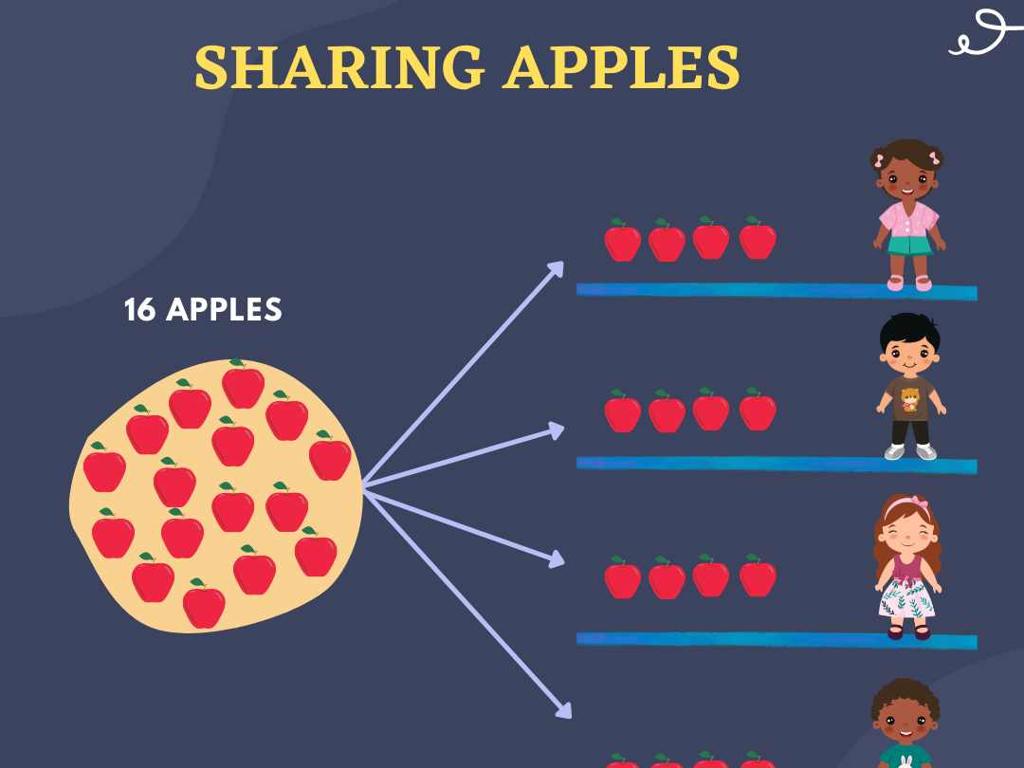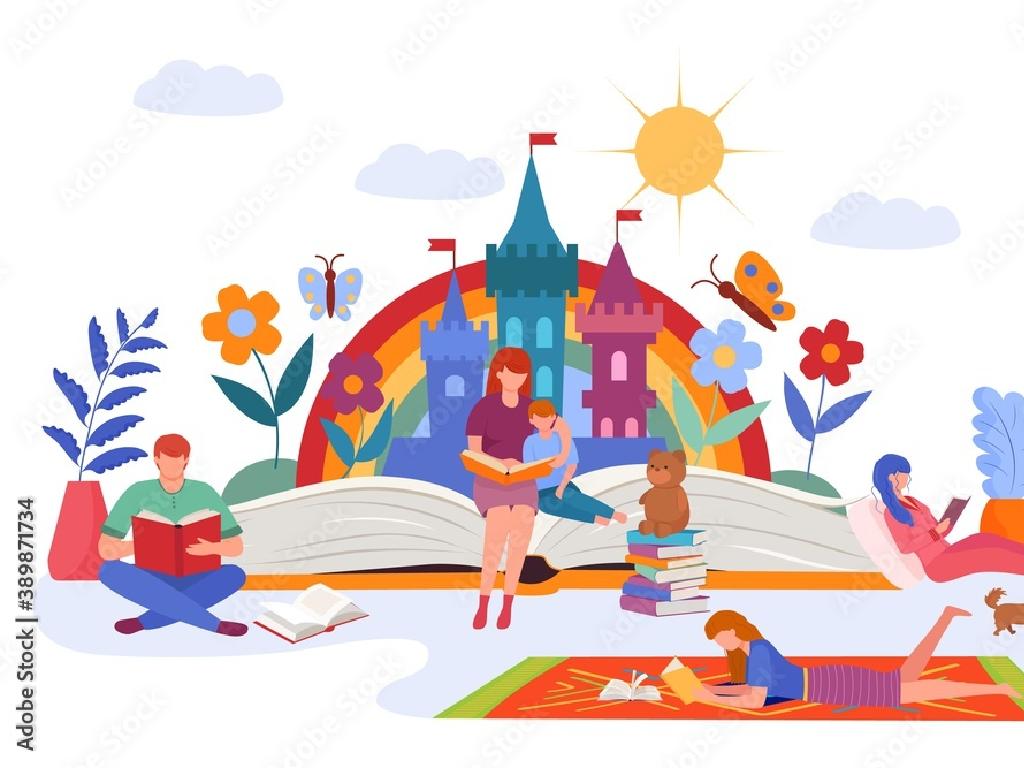Holi
Subject: Social studies
Grade: Third grade
Topic: Cultural Celebrations
Please LOG IN to download the presentation. Access is available to registered users only.
View More Content
Exploring Holi: A Vibrant Cultural Celebration
– What are cultural celebrations?
– Special events that honor traditions and customs.
– Celebrating diverse cultures
– It helps us learn about and respect other ways of life.
– Introducing Holi – Festival of Colors
– Holi is a fun festival from India where people throw colored powders.
– Significance of Holi
– Holi marks the arrival of spring and triumph of good over evil.
|
This slide introduces students to the concept of cultural celebrations, emphasizing the importance of understanding and respecting the diverse traditions that make up our world. Holi, as a case study, provides a colorful and engaging example of how people celebrate their culture. It’s a time for joy, forgiveness, and strengthening community bonds. Teachers should explain that Holi is celebrated by people throwing colored powders at each other, sharing sweets, and wishing each other happiness. The festival also has historical significance, representing new beginnings and the victory of good over evil. Encourage students to think about what colors mean to them and how they feel when they see bright colors. This will help them connect personally with the celebration of Holi.
Exploring Holi: The Festival of Colors
– Holi: An ancient Hindu festival
– Holi is one of the oldest Hindu festivals with lots of fun traditions.
– Celebrated in India and globally
– People from all over the world enjoy Holi with music, dance, and colors.
– Known as the Festival of Colors
– During Holi, everyone throws colorful powders at each other.
– A time for fun and forgiveness
– It’s a day to mend relationships and forgive others.
|
Holi is a vibrant and significant festival in Hindu culture, marking the arrival of spring and the victory of good over evil. It’s a time when people come together to celebrate with music, dance, and the throwing of colored powders and water. This festival transcends cultural and geographical boundaries, bringing communities together in a joyous and colorful celebration. In the classroom, discuss the importance of forgiveness and fresh starts, which are key themes of Holi. Encourage students to think about how they can apply these themes in their own lives. You can also plan a small, controlled activity where students can throw confetti to simulate the color-throwing tradition in a safe and clean manner.
The Story Behind Holi
– King Hiranyakashipu’s legend
– A king who wanted everyone to worship him, not the gods
– Prahlad’s devotion to Vishnu
– Prahlad worshipped Lord Vishnu with great devotion against his father’s wishes
– Holika and the fire
– Holika, the king’s sister, tried to harm Prahlad with fire but failed
– Celebrating good’s victory
– Holi marks the victory of good, Prahlad, over evil, represented by his father and aunt
|
This slide introduces the story behind the festival of Holi, which is an important narrative of good triumphing over evil. King Hiranyakashipu represents arrogance and evil, demanding that all worship him as a god. His son, Prahlad, remains devoted to Lord Vishnu, symbolizing goodness and devotion. Despite the king’s efforts to harm him, Prahlad survives, aided by his faith. Holika’s attempt to burn Prahlad in a fire backfires, and she is consumed instead, while Prahlad emerges unscathed. This story is the foundation for the celebration of Holi, where people throw colors to represent the vibrant flames that could not harm Prahlad. It’s a time for joy and to remember that faith and goodness can overcome adversity. Encourage students to think about times they have seen good overcome bad in their own lives or stories.
How is Holi Celebrated?
– Families and friends unite
– A joyful time with loved ones
– Play with colors and water
– Throwing gulal and splashing water for fun
– Enjoy music and dance
– Traditional songs and dances add to the joy
– Savor festive foods
– Special dishes like gujiya and thandai are enjoyed
|
Holi, known as the Festival of Colors, is a vibrant celebration that brings people together in a display of unity and joy. It’s a time when family and friends gather to smear each other with colorful powders called gulal and splash water, symbolizing the arrival of spring and the victory of good over evil. Music and dance are integral to the festivities, with traditional songs and rhythmic beats filling the air. Festive foods, such as sweet gujiya and refreshing thandai, are prepared and shared among everyone. This slide aims to give students a glimpse into the cultural significance and the communal spirit of Holi, encouraging them to appreciate the diversity of celebrations around the world.
The Significance of Colors in Holi
– Colors symbolize joy and love
– Colors bring the spirit of spring to life
– Each color has a special meaning
– Green signifies new beginnings and fresh starts
– Red for love and fertility
– Blue represents Lord Krishna
– Blue is the color of the divine and calming
|
This slide aims to teach students about the importance of colors in the Holi festival. Colors in Holi are not just for fun; they carry deep meanings. Red, often used in weddings, signifies love and fertility, reflecting the themes of Holi. Blue is associated with Lord Krishna, a major deity in Hinduism known for his divine playfulness. Green represents new beginnings, aligning with the spring season when Holi is celebrated. Encourage students to think about what each color means to them and how colors play a role in their own lives. Discuss the joyous nature of Holi and how it brings people together to celebrate love, life, and new beginnings.
Holi Around the World
– Holi’s global celebration
– Celebrated in India, Nepal, and beyond
– Inclusive of all backgrounds
– Everyone can enjoy the colors and joy
– A festival promoting diversity
– Embraces different cultures together
– Encourages global understanding
– Learning about others through festivity
|
This slide aims to highlight the international aspect of Holi, a festival originally from India, and how it has spread across the globe. Emphasize that Holi is a time when people from various cultures and backgrounds come together to celebrate, promoting diversity and understanding among different communities. It’s a festival that transcends geographical and cultural barriers, fostering a spirit of inclusivity. Encourage students to think about how celebrating different cultures can lead to a better understanding of the world around them. Discuss with the class how festivals like Holi can be a fun way to learn about and respect other traditions.
Staying Safe During Holi
– Use natural Holi colors
– Choose powders made from flowers or food colors
– Protect eyes and mouth
– Wear sunglasses and keep your mouth closed when playing
– Drink lots of water
– Carry a water bottle to stay hydrated
– Look after friends
– Help friends if colors get in their eyes or mouth
|
This slide is aimed at teaching children the importance of safety while enjoying the Holi festival. Emphasize the use of natural colors that are safe for skin and won’t cause harm if they come into contact with the mouth or eyes. Encourage the use of protective gear like sunglasses and to keep the mouth closed during the festivities to avoid ingestion of colors. Remind them to drink plenty of water throughout the day to stay hydrated. Lastly, foster a sense of community by asking them to take care of each other, helping friends in case of any discomfort or if colors get into sensitive areas. Discuss with the class what natural colors are and how they can be made at home, the importance of staying hydrated, and how they can help each other stay safe during Holi.
Class Activity: Create Your Own Holi Festival
– Plan a mini Holi celebration
– Craft colorful Holi pictures
– Use colored paper, glitter, and more
– Discuss Holi’s significance
– Why do people celebrate Holi?
– Share our Holi creations
|
This activity is designed to engage students with the cultural celebration of Holi through a hands-on project. Provide a variety of craft materials such as colored paper, glitter, and markers for students to create vibrant Holi-themed artwork. Encourage them to think about the colors and what they represent. As they work, facilitate a discussion about the significance of Holi, touching on themes of good over evil, friendship, and forgiveness. After crafting, create a gallery walk where students can display and share their work with the class, explaining their creative process and what they’ve learned about Holi. Possible variations of the activity could include creating Holi greeting cards, storytelling with Holi themes, or even a mini-festival with music and dance if resources allow.





